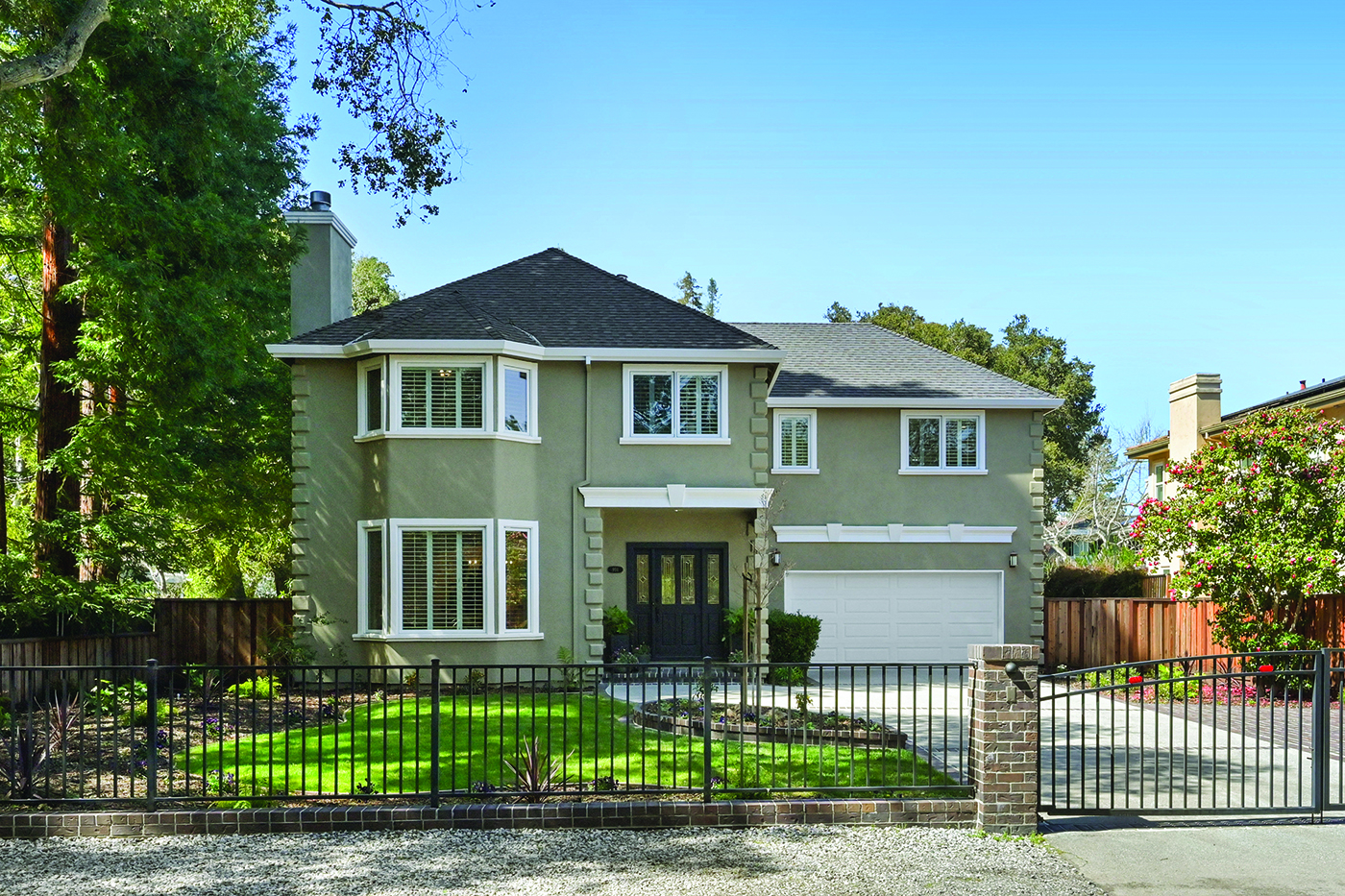Housing sales, prices and inventory may be down and mortgage interest rates may be higher than they’ve been in years, but Midpeninsula real estate professionals maintain a cautious optimism for the fall.
They attribute their relatively rosy outlook to a strong demand for housing, an attitude adjustment among prospective homebuyers to higher interest rates and a still-sizable local market of highly paid tech workers despite widespread industry layoffs.
“Last fall was quiet, and spring was quieter than normal,” Elyse Barca, a Menlo Park-based Realtor for Compass Real Estate, said. “This fall, people are adjusting to the market realities, including higher interest rates. The reality is, people need housing.”
Many lenders today are offering ARMs (adjustable rate mortgages) for buyers who have sufficient down payments, which would allow them the opportunity to pay lower interest if the index rate goes down, she said.
“Interest rates could be lower by 2025, and today’s buyers could refinance at those lower rates,” Barca said.
They could then lock in the lower interest rate with a fixed-rate loan, presumably, she added.
Types of properties buyers want
Those fortunate enough to get into the Midpeninsula housing market this fall are especially interested in lower-cost or medium-priced properties, local Realtors are reporting. That ranges from properties in the newly resurgent condominium market, recovering from its steep pandemic-era downturn, to updated, refurbished single-family homes in established neighborhoods in areas such as Mountain View, Los Altos, Atherton and Redwood City.
Despite the regional and statewide decline in prices, Barca said she foresees a modest appreciation locally this autumn.
“In Menlo Park and Palo Alto, if it’s an (updated single-family) property between $2 million and $4 million, it is selling,” Barca said.
More expensive homes, particularly at $10 million and up, tend to be on the market longer this year, she said. And fixer-upper properties are generally most popular with contractors these days, in addition to entry-level buyers.
In June, the median price of a single-family home in Santa Clara County was $1.78 million, and in San Mateo County it was $2.07 million, according to the California Association of Realtors.
“I don’t expect the fall market to slow down,” said Denise Welsh, Los Altos-based Realtor for Christie’s International Real Estate — Sereno. “I think the market is going to continue to move.”
Despite concurring with Barca that the fall market this year will be better than last year, she does acknowledge some curbs on its level of robustness.
“I do see continuing hesitation among potential sellers to put their homes on the market," said Welsh, explaining that many existing homeowners purchased their residences at much lower interest rates than those being charged today. This hesitancy to sell, she added, is among the biggest reasons why the area is seeing such historically low levels of inventory available for sale.
Low inventory should help stabilize local prices and fuel multiple offers on the most attractive, well-priced, well-located properties this fall, Welsh said.
“Those properties are generally gone in a week,” she said.
A review of activity in July in the large 94040 ZIP code in Mountain View -- which includes most neighborhoods except for a majority of those located between Central Expressway and U.S. Highway 101 -- reveals a stable market compared to June and July 2022, according to Welsh. Twelve homes were sold in the ZIP code this past July, compared to 16 the previous month and 14 during the same month a year ago. The number of days a home stayed on the market averaged seven this summer, compared to nine a year earlier.
What to expect this fall
Any increase in Midpeninsula housing inventory levels should occur early during the autumn season before the end of October, Brian Chancellor, Realtor in the Palo Alto office of Christie’s International Real Estate — Sereno, said.
Chancellor agreed with Barca that local buyers are adjusting to this year’s market realities, including interest rate increases that may still rise higher than September's range of 6% to nearly 8%, depending on the type of mortgage.
“In this area, people have the ability to move on from (economic, political, health, weather) events pretty quickly,” he said. “They realize as a simple fact of life that this is an expensive market.”
Recession fears faded as the year progressed, Chancellor said.
“People realized the bottom was not going to fall out of the market,” he said.
He also advised qualified buyers not to be overly cautious this fall. He has already seen a more active market this year compared to a year ago, with a larger number of transactions closing over the asking price.
“Inventory is not going to improve as the season progresses (past October),” he said.
Nicholas French, also an agent at Christie’s International Real Estate — Sereno, contends the recent strength in tech stocks is a good omen for the fall housing market on the Midpeninsula.
“Tech stocks have bounced up, and the market rebound is happening,” he said, noting many local homebuyers are heavily invested in company stocks.
The strength of this fall season’s housing market is hard to generalize about and dependent on location, said Jasmine Lee, a Menlo Park-based Realtor for Coldwell Banker Real Estate.
The San Mateo County market is a bit softer of late than Santa Clara County, she said, including cities like Palo Alto, where housing is always in demand and median home prices exceed $3 million.
And while some locations in San Mateo County may be a bit slower this season, not so in Redwood City, Lee said.
“The entry-level-price market is certainly the most active,” she said. “Single-family homes below $2 million are the hottest segment of the market.”
Once again, for those tempted to generalize about locations and price points, Lee points to nearby Menlo Park, where the most active market segment in recent months are homes priced at $5 million and up.
Compared to the hyperactive and hyper-expensive pandemic-era market of 2021, fall 2023 marks “a return to a more normal market cycle,” Lee said.




Comments